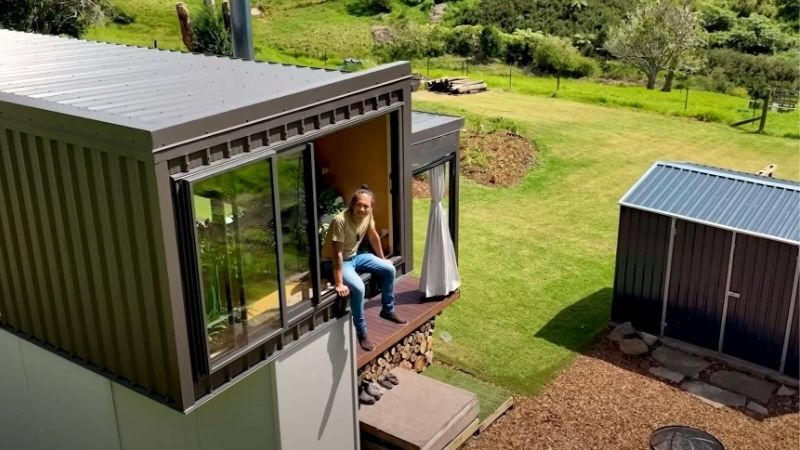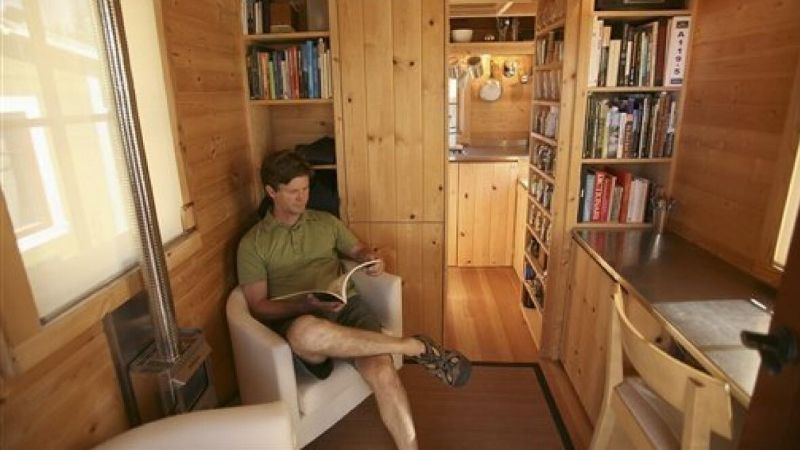The evolution of tiny houses is more than just an architectural trend; it's a cultural shift towards redefining what home means in the 21st century.
A Global Perspective
The tiny house movement, a revolutionary shift in architectural design and lifestyle, has transcended its niche status to become a global phenomenon. This evolution reflects a growing societal emphasis on sustainability, minimalism, and the desire for financial freedom. Originating as a counter-culture ideal in the 1970s, the movement gained momentum in the early 2000s, particularly in the United States, where it became synonymous with simplicity, ecological responsibility, and a conscious choice to live debt-free.
Globally, the appeal of tiny houses has been broad and varied. In Europe, they are seen as a solution to urban housing crises, a testament to minimalist living, and a practical response to increasing urban density. Scandinavian countries, known for their commitment to sustainability and quality of life, have embraced the concept wholeheartedly, integrating smart, eco-friendly designs that complement their natural surroundings. Meanwhile, in Asia, space-efficient living has long been a necessity rather than a choice, making the tiny house movement a natural extension of existing cultural norms.
New Zealand's Unique Journey
In New Zealand, the tiny house movement resonates deeply with the national psyche, which values innovation, connection to nature, and the Kiwi do-it-yourself attitude. The country's breathtaking landscapes provide a stunning canvas for tiny homes, many of which are built to maximise views and minimise environmental impact. The movement in New Zealand is also a reflection of the housing market's challenges, offering an alternative path to homeownership amidst soaring property prices.
New Zealand's approach to tiny living is distinctive. The movement is not just about individual homes but also about community building and sustainable living. Initiatives like tiny house villages and eco-communities are gaining traction, providing a glimpse into a future where living small could mean living collectively in harmony with the environment. These communities are designed to be socially, economically, and environmentally sustainable, aligning with New Zealand's broader environmental goals and the Kiwi ethos of kaitiakitanga, or guardianship of the land.
The Future Outlook
Looking forward, the tiny house movement shows no signs of slowing down. Innovations in design, technology, and materials continue to push the boundaries of what a tiny home can be. Smart homes, incorporating renewable energy, water recycling systems, and intelligent space-saving solutions, are becoming the norm. These advancements are making tiny houses more comfortable, functional, and sustainable, appealing to a broader segment of the population.
In New Zealand, the legal landscape is gradually adapting to accommodate tiny houses more formally. Discussions around zoning laws, building standards, and sustainability benchmarks are ongoing, reflecting a growing recognition of tiny homes as a legitimate, long-term housing solution. This evolving regulatory environment is expected to pave the way for more innovative, eco-friendly housing solutions, further integrating the tiny house movement into New Zealand's cultural and architectural fabric.
Embracing a Tiny Future
As the world grapples with environmental challenges, economic pressures, and a reevaluation of lifestyle choices, tiny houses offer a beacon of sustainability, simplicity, and a return to the essentials of living.
In New Zealand and around the world, the tiny house movement invites us to envision a future where our homes are not just places to live but reflections of our values, our commitment to the environment, and our sense of community. As we look back on the journey of tiny houses and anticipate what the future holds, it's clear that the essence of this movement – to live intentionally, sustainably, and in harmony with our surroundings – will continue to inspire and evolve, reshaping our landscapes and our lives.



